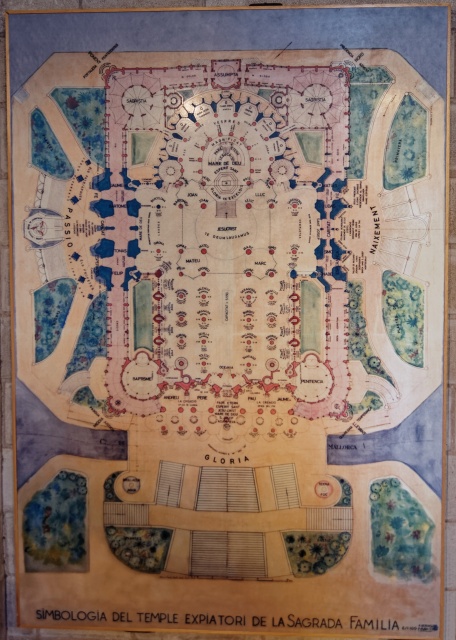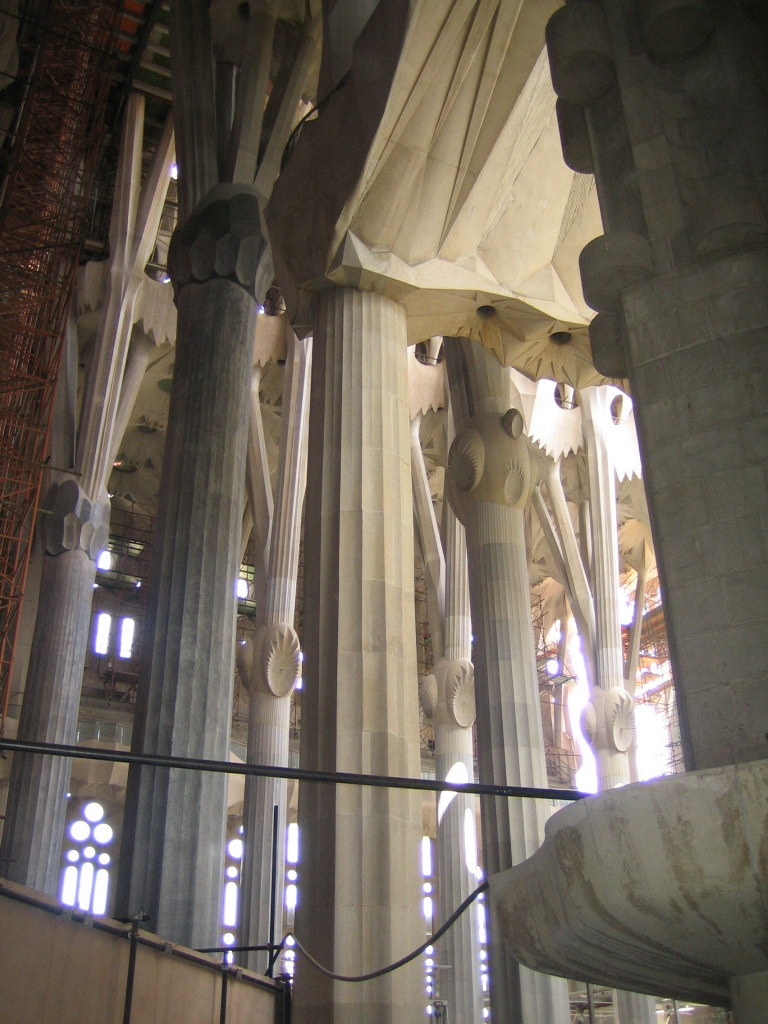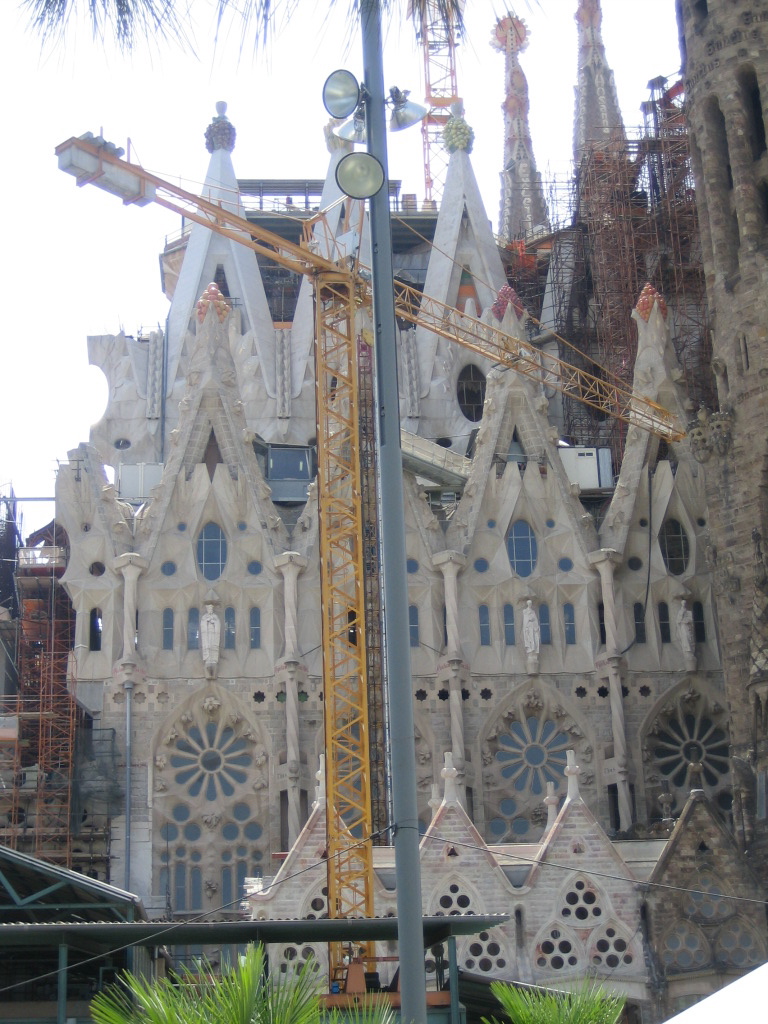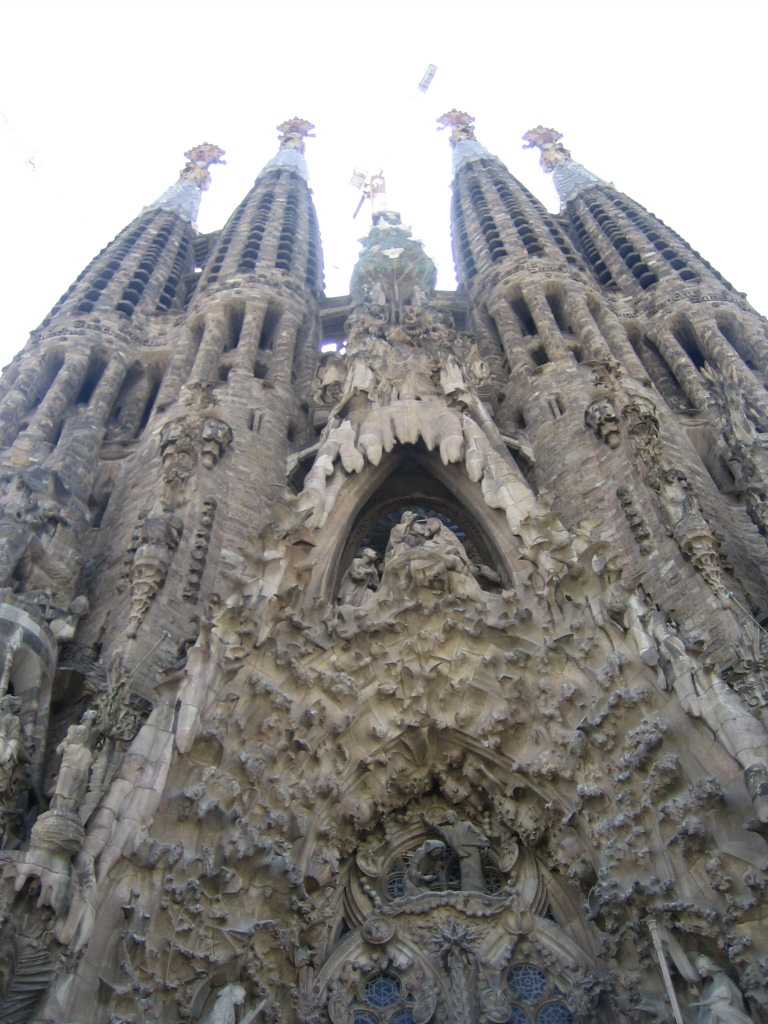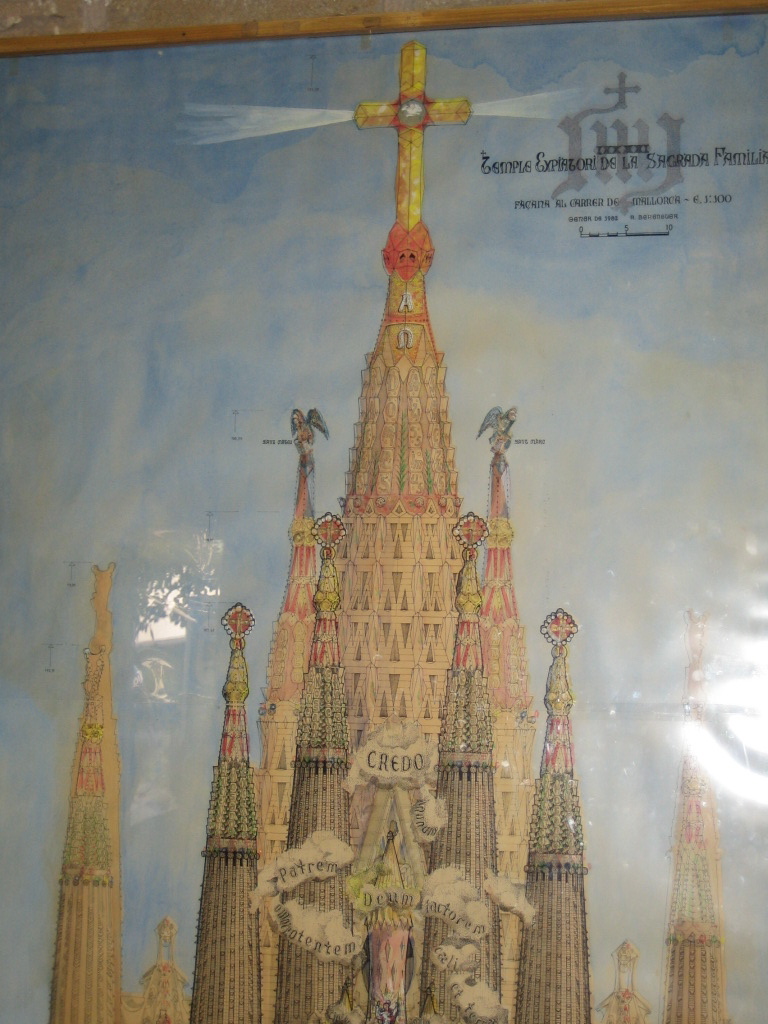Mark Dominus (陶敏修)
mjd@pobox.com

Archive:
| 2025: | JFMAMJ |
| JAS | |
| 2024: | JFMAMJ |
| JASOND | |
| 2023: | JFMAMJ |
| JASOND | |
| 2022: | JFMAMJ |
| JASOND | |
| 2021: | JFMAMJ |
| JASOND | |
| 2020: | JFMAMJ |
| JASOND | |
| 2019: | JFMAMJ |
| JASOND | |
| 2018: | JFMAMJ |
| JASOND | |
| 2017: | JFMAMJ |
| JASOND | |
| 2016: | JFMAMJ |
| JASOND | |
| 2015: | JFMAMJ |
| JASOND | |
| 2014: | JFMAMJ |
| JASOND | |
| 2013: | JFMAMJ |
| JASOND | |
| 2012: | JFMAMJ |
| JASOND | |
| 2011: | JFMAMJ |
| JASOND | |
| 2010: | JFMAMJ |
| JASOND | |
| 2009: | JFMAMJ |
| JASOND | |
| 2008: | JFMAMJ |
| JASOND | |
| 2007: | JFMAMJ |
| JASOND | |
| 2006: | JFMAMJ |
| JASOND | |
| 2005: | OND |
In this section:
Subtopics:
| Mathematics | 245 |
| Programming | 99 |
| Language | 95 |
| Miscellaneous | 75 |
| Book | 50 |
| Tech | 49 |
| Etymology | 35 |
| Haskell | 33 |
| Oops | 30 |
| Unix | 27 |
| Cosmic Call | 25 |
| Math SE | 25 |
| Law | 22 |
| Physics | 21 |
| Perl | 17 |
| Biology | 16 |
| Brain | 15 |
| Calendar | 15 |
| Food | 15 |
Comments disabled
Tue, 18 Feb 2025
David McShane's mural with 18 Franks, revealed
Yesterday I offered Gentle Readers a chance to identify the 18 famous Franks in David McShane's mural.


- Benjamin Franklin
- Frankie Avalon
- Detail of ornament from the Pennsylvania Academy of the Fine Arts building, designed by architect Frank Furness
- A frankfurter
- Aretha Franklin
I did not recognize the PAFA architectural detail myself, I had to find out from the Mural Arts website. I have sometimes looked for this detail on the PAFA building, but I have never found it.

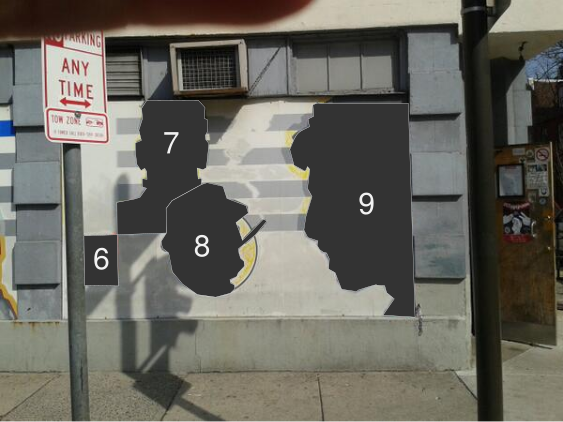

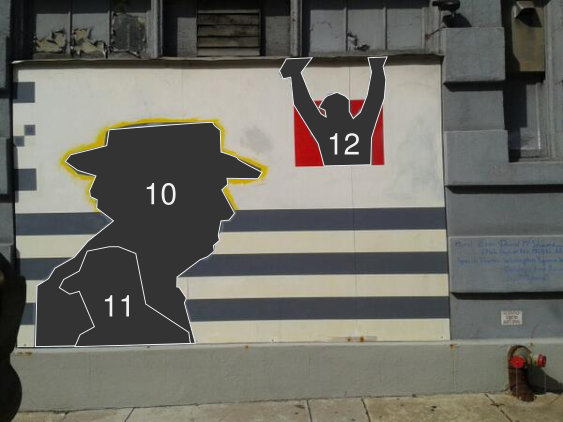
- Frank Lloyd Wright
- Major Frank Burns, as played by Larry Linville
- Frank “Tug” McGraw

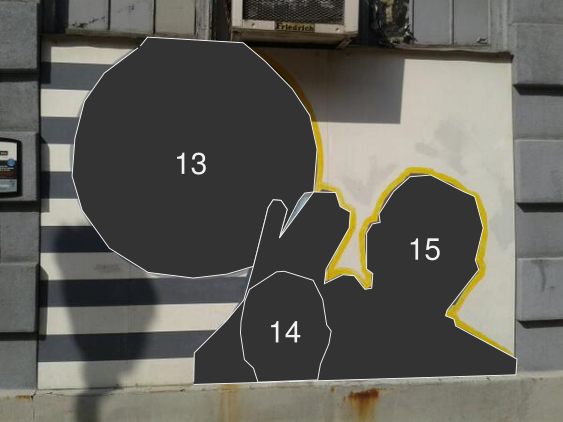
- French 20-centime coin, representing the Franc
- Frank Oz
- Frank Perdue
I think these pictures might be so old that they predate the European currency union.

- Frank Sinatra
- Frank Morgan, in his role as the Wizard from The Wizard of Oz. (The book was written by L. Frank Baum.)
- St. Francis of Assisi, with bird friend. The model is the artist's brother Frank.
Not depicted: Frank Rizzo, who is burning in Hell.
I was certain that Tim Curry was there somewhere, in his role as Dr. Frank-N-Furter, but if he ever was I can't find any evidence of it. I even emailed the muralist, who confirmed that Frank-N-Furter had never been there. Still, he is in all our hearts, forever.
The mural was restored in 2015, at which time two more figures were added:
- Pope Francis, who had visited the city that year, and
- Frank Sherlock, noted poet and longtime employee at Dirty Frank's
My pictures are at least that old.
[Other articles in category /art] permanent link
Mon, 17 Feb 2025
David McShane's mural with 18 Franks
Since the demolition of Harriet Tubman, this has been my favorite mural in Philadelphia. It's by Philadelphia muralist David McShane.
The mural is outside an infamous windowless bar called Dirty Frank's. I like to say that Oscar's Tavern on Sansom is Philadelphia's best Worst Bar. That's where, when the fancy place across the street wouldn't seat us, I took my coworker from out of town, with pride. Dirty Frank's might be Philadelphia's worst Worst Bar.
I few months ago Rik Signes remarked:
I think Mark Dominus said "Dirty Frank's is where I saw roaches walk over the food and when I told them, they shrugged"
I was at once able to refute this, because I know for a fact that I have never ordered food at Dirty Frank's. Nor would I. Actually I have only ever been there once, which was enough.
(Lorrie has a similar story about a similarly notorious bar, McGlinchey's. Hanging outside McGlinchey's is a sign that proclaims “sandwiches”. Lorrie tried to order a sandwich there and was met only with puzzled stares.)
I will stop digressing now. My current favorite mural is outside Dirty Frank's and is by David McShane. It depicts famous Franks through history. I enjoyed trying to identify the 18 Franks. Many years ago I took pictures of it so that I could offer my Gentle Readers an opportunity to enjoy this themselves. You can infer from the resolution of the pictures below how long ago that must have been. But at last, here they are. I will reveal the answers tomorrow.





(The answers.)
Addendum 20250305
After a lifetime in Philadelphia, I have at last visited McGlinchey's. I liked McGlinchey's. They have a good selection of beers on tap. The inside is pleasant, except for the residual smoke and the bathrooms. The bathrooms are gross, but, as someone who has been to the bathrooms in CBGB, I merely laughed at them.
I asked the bartender what kind of sandwiches I could get. He said “none”, and then added “That sign is like fifty years old”. Then he offered to get me a hot dog. I declined.
[Other articles in category /art] permanent link
Sun, 10 Sep 2023Last month Toph and I went on vacation to Juneau, Alaska. I walked up to look at the glacier, but mostly we just enjoyed the view and the cool weather. But there were some surprises.
One day we took a cab downtown, and our driver, Edwell John, asked where we were visiting from, as cab drivers do. We said we were from Philadelphia, and he told us he had visited Philadelphia himself.
“I was repatriating Native artifacts,” he said.
Specifically, he had gone to the University of Pennsyvania Museum, to take back the Killer Whale Dagger named Keet Gwalaa. This is a two foot long dagger that was forged by Tlingit people in the 18th century from meteorite steel.
This picture comes from the Penn Museum. (I think this isn't the actual dagger, but a reproduction they had made after M. John took back the original.)
This was very exciting! I asked “where is the dagger now?” expecting that it had been moved to a museum in Angoon or something.
“Oh, I have it,” he said.
I was amazed. “What, like on you?”
“No, at my house. I'm the clan leader of the Killer Whale clan.”
Then he took out his phone and showed us a photo of himself in his clan leader garb, carrying the dagger.
Here's an article about M. John visiting the Smithsonian to have them 3-D scan the Killer Whale hat. Then the Smithsonian had a replica hat made from the scan.
[Other articles in category /art] permanent link
Mon, 27 Mar 2023Everyone seems to agree that the Sagrada Família will (when it's finished) have eighteen spires:
- 12 representing the twelve apostles
- 4 representing the four evangelists
- One representing the virgin Mary
- One representing Jesus
Writing about this last week I was puzzled. Which spire is which? Some of the evangelists were apostles, so do they get two spires each? And one apostle was Judas Iscariot, what about him? Did Gaudí plan a glorious spire for Judas the betrayer?
I remember when Richard Nixon died, there was some question about whether he would get a commemorative stamp like all the other presidents did when they died. The U.S. Postal Service was unequivocal: when a president dies, he gets a stamp. Even Nixon. I wondered if maybe the spires are like that.
Apparently not, the Christians have already dealt with this problem. Acts 1 explains that Simon Peter proposed that someone should be appointed to take Judas's position so that there would be twelve apostles to witness the resurrection. (Twelve is important, it symbolizes perfection. For example, when Jesus feeds the multitude with the loaves and fishes, there are twelve baskets of leftovers.) The disciples pick two candidates and then let God choose one at random, Matthias. The Sagrada Família has a spire for Matthias, and none for Judas Iscariot. Probably a good move on Gaudí's part, nobody would have wanted to work on it.
Researching this would have been very difficult if I had not discovered this helpful floor plan of la Sagrada Família, apparently on display in the basement museum of the Sagrada Família.
Confusing the issue are:
There were a lot of disciples, and little agreement on which ones should be considered apostles. There are at least four lists of the apostles in the New Testament.
The labels on the floor plan are in Catalan
The Catalan Wikipedia article on the Apostles only has one list and it isn't the one that Gaudí used. For example, it includes Judas Iscariot.
Some of the apostles have the same names; others are known by multiple names
The Sagrada Família not only has spires and towers named after evangelists and apostles, it also has individual columns named for evangelists and apostles. Everything about the Sagrada Família has a symbolic meaning. This makes it a little harder to interpret the floor plan.
Nevertheless I think I've worked it out.
First, here are the locations of the eighteen spires and their labels:
The four big spires (green circles) are the evangelists, clustered around Jesus. They are easy to identify because the labels are nice and clear. Counterclockwise from the lower left (south) they are:
- Matthew (Mateu)
- Mark (Marc)
- Luke (Lluc)
- John (Joan)
Each of these spires sits over four of the columns (little orange circles) of the transept, one named for the same evangelist, and three named after three apostles.
The apostles are in three groups, as is traditional. The Sagrada Família has three façades, and one group of apostles stands at each façade. The main front façade is the “Glory” (Gloria) façade, with (bright blue circles) spires representing:
- Simon Peter (Pere)
- Andrew (Andreu)
- James (Jaume, son of Zebedee, not son of Alphaeus). It's hard to make out, but I think in the floor plan James is annotated with a little capital ‘M’ to make clear he is Jaume el Major, James the Greater.
- Usually the fourth in this group would be John the Evangelist, but he has been replaced with Paul (Pau), I suppose because as an evangelist he has his own, bigger spire.
Gaudí put Peter and Paul in the middle, perhaps because they are more important, with Peter on the right-hand side.
On the left side of the picture is the “Passion” (Passio) façade. I marked the spires with greenish-blue circles:
- James (Jaume, son of Alphaeus. I think this is annotated with a lowercase ‘m’ to indicate that this is Jaume el Minor, James the lesser.
- Bartholomew (Bartomeo)
- Thomas (Tomàs)
- Philip (Felip)
Matthew (the publican) should have been in this group but seems to have been displaced by James. One would expect James to be over on the other side with Simon the Zealot, but he's here for some reason. I don't know why Matthew was left out. I suppose it is because he is sometimes identified as Matthew the Evangelist. If Gaudí had understood him this way, he would have felt that Matthew already had his own spire, and would have replaced him similar to how John was replaced with Paul at the front.
On the right side of the picture is the “Nativity” (Naixement) façade. Its four spires, marked with pinkish-blue circles, are:
- Barnabas (Bernabé),
- Simon (Simó, the Canaanite, not Simon Peter)
- Judas (Judas, son of James, not Iscariot)
- Matthias (Matias, not Matthew the Evangelist or Matthew the publican)
Normally Barnabas would have been James the Lesser, be he's over on the other side. As I mentioned earlier, Matthias has replaced Judas Iscariot.
I wonder if Matthew the Apostle is sitting around in the afterlife, stewing about having been left out? I suppose not, he's too busy dancing around the Eternal Throne. But maybe there's a lesson there about not having the same name as a more important person who comes after you.
I hope the post office makes the commemorative Donald Trump stamp really big, so I can wipe my ass with it.
[ Addendum: The flag of the European Union has twelve stars, because twelve symbolizes perfection. They emphasize that the twelve stars are not related to the number of countries in the Union, wisely declining to repeat the mistake made by the United States. It was Simon Cozens who brought to my attention the significance of the twelve baskets of leftovers. ]
[Other articles in category /art] permanent link
Sun, 19 Mar 2023
Here I am at the Sagrada Família
I just found these pictures I took twenty years ago that I thought I'd lost so now you gotta see them.
Back in 2003 I got to visit Barcelona (thanks, Xavi!) and among other things I did what you're supposed to do and visited la Sagrada Família. This is the giant Art Nouveau church designed by the great architect and designer Antoni Gaudí. It began construction in 1882, and is still in progress; I think they are hoping to have it wrapped up sometime in the next ten years.
When I go to places I often skip the tourist stuff. (I spent a week in Paris once and somehow never once laid eyes on the Eiffel Tower!) I wasn't sure how long I would spend at the Sagrada Família, but it was great. I stayed for hours looking at everything I could.
Sagrada Família is marvelous.
Some of the towers in this picture are topped with enormous heaps and clusters of giant fruits. Fruits!
Gaudí's plan was to have eighteen spires in total. Supposedly there will be twelve big ones like these representing the twelve apostles:
After these, there are four even bigger ones representing the four evangelists. And then one enormous one representing the Virgin Mary, and the biggest one of all for Jesus himself which, when finished, will be the tallest church tower in the world.
In the basement there is a museum about Gaudí's plans, models, and drawings of what he wanted the church to look like.
This is a view of the southeast side of the building where the main entrance is:
Hmm, there seem to be words written on the biggest tower. Let's zoom in and see what they say.
Hee hee, thanks, great-grandpa.
[ Addendum 20230327: I spent some time figuring out which spires were for which disciples. The four in the photograph above are Matthias, Judas (not Iscariot), Simon (the Canaanite, not Simon Peter), and Barnabas. ]
[Other articles in category /art] permanent link
Fri, 28 Jan 2022
Was the Lollipop Guild inspired by W.W. Denslow?
Yesterday I was thinking on these creepy Munchkins, and wondering what they were doing there:
It occurred to me that these guys are quite consistent with the look of the original illustrations, by W.W. Denslow. Here's Denslow's picture of three Munchkins greeting Dorothy:
(Click for complete illustration.)
Denslow and Frank Baum had a falling out after the publication of The Wonderful Wizard of Oz, and the illustrations for the thirteen sequels were done by John R. Neill, in a very different style. Dorothy aged up to eleven or twelve years old, and became a blonde with a fashionable bob.
[Other articles in category /art] permanent link
Tue, 02 Feb 2021This is the famous self-portrait of Hildebert, a 12th century scribe in what is now the Czech Republic. In this picture, Hildebert is shaking his fist at a mouse, which is eating his lunch.
There is quite a lot going on here! First off, Hildebert is carrying one of his quill pens behind his ear. This seems to me like a good way to get ink in your hair, and I wonder if medieval scribes often had smudges on their forheads.
I think the thing in his hand is a piece of bread. But what is on the table? I think the mouse is eating Hildebert's cheese (we can see the already-cut piece under the mouse's butt) and there seems to have been a small roast bird of some type, which the mouse has upset but which has not yet hit the floor. The table with the mouse is labeled Mensa hildeberti, “Hildebert's table”, in case it was unclear just whose lunch was being stolen.
Hildebert seems to be wearing a long garment with fancy matching sleeves and collar, and over that what looks like a chiton. I wonder if Hildebert really wore a chiton?
On the left of the picture is a really interesting piece of equipment. Until I saw this picture, it had never occurred to me that the lap desk had been invented before I was born. But here it is, almost nine hundred years ago. And it certainly is a lap desk, having no legs. In this picture the lap desk is supported by a backward-headed lion, but in actual practice such luxuries are probably hard to come by, so Hildebert would have put the desk on his lap.
The two long curvy things on the left edge of the lap desk are not legs. They are inkhorns: sawn-off animal horns, filled with ink. When you need to get more ink on your quill, you dip the end in the inkhorn. I had heard of inkhorns but until I saw this picture I had never understood how you used them: they won't stand up, and if you lay them down the ink will spill. But Hildebert's picture makes it perfectly clear: the lap desk has a couple of round holes in it, and you slide the inkhorns into the holes until they stop. Very nice! Next to the inkhorns are two extra quills, and along the bottom edge of the lap desk there is a ridge to keep the paper or parchment from sliding into your lap. I am pretty sure that the lion is holding the desk by the bottom edge, so that it is presented to Hildebert sideways. Hildebert is too enraged by the mouse to care about this.
Also on the desk is a booklet, in which (according to Wikipedia) Hildebert has written:
Pessime mus, saepius me provocas ad iram. Ut te deus perdat
I think I can make this out. (Medieval scribes used a great many abbreviations. For example, iram is written as “irã”. Similarly, the hildeberti above the table is abbreviated to “hildebti”. If you are interested, I discussed scribal abbreviations a couple of years ago.)
Wikipedia's translation of this is:
Most wicked mouse, you incite me to anger once too often. May God destroy you.
I think the phrasing and the fist-shaking, directed at a mouse, are meant by Hildebert to be a humorous overreaction.
Underneath Hildebert is a drawing of his colleague Everwin (EVERWINVS). Everwin seems to be painting some sort of decoration with a brush. Check out his fancy sleeves and matching socks!
I am not sure what Hildebert is holding in his left hand or whether it intersects the lion's arm. My best guess is that it is Hildebert's table knife, and that the picture means to show it passing in front of the lion, not intersecting the lion.
Many thanks to Marnanel Thurman for bringing this to my attention.
[Other articles in category /art] permanent link
Tue, 07 Apr 2020
Fern motif experts on the Internet
I live near Woodlands Cemetery and by far the largest monument there, a thirty-foot obelisk, belongs to Thomas W. Evans, who is an interesting person. In his life he was a world-famous dentist, whose clients included many crowned heads of Europe. He was born in Philadelphia, and land to the University of Pennsylvania to found a dental school, which to this day is located at the site of Evans’ former family home at 40th and Spruce Street.
A few days ago my family went to visit the cemetery and I insisted on visting the Evans memorial.
The obelisk has this interesting ornament:
The thing around the middle is evidently a wreath of pine branches, but what is the thing in the middle? Some sort of leaf, or frond perhaps? Or is it a feather? If Evans had been a writer I would have assumed it was a quill pen, but he was a dentist. Thanks to the Wonders of the Internet, I was able to find out.
First I took the question to Reddit's /r/whatisthisthing forum. Reddit didn't have the answer, but Reddit user @hangeryyy had something better: they observed that there was a fad for fern decorations, called pteridomania, in the second half of the 19th century. Maybe the thing was a fern.
I was nerdsniped by pteridomania and found out that a book on pteridomania had been written by Dr. Sarah Whittingham, who goes by the encouraging Twitter name of @DrFrond.
Dr. Whittingham's opinion is that this is not a fern frond, but a palm frond. The question has been answered to my full and complete satisfaction.
My thanks to Dr. Whittingham, @hangeryyy, and the /r/whatisthisthing community.
[Other articles in category /art] permanent link



